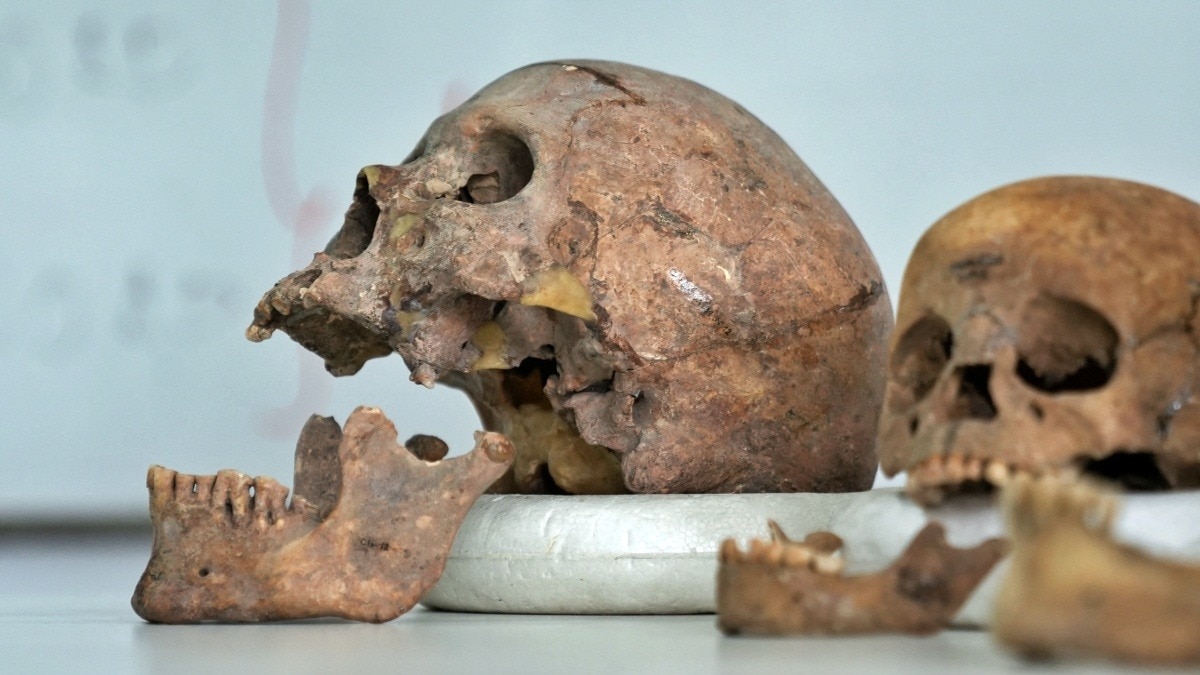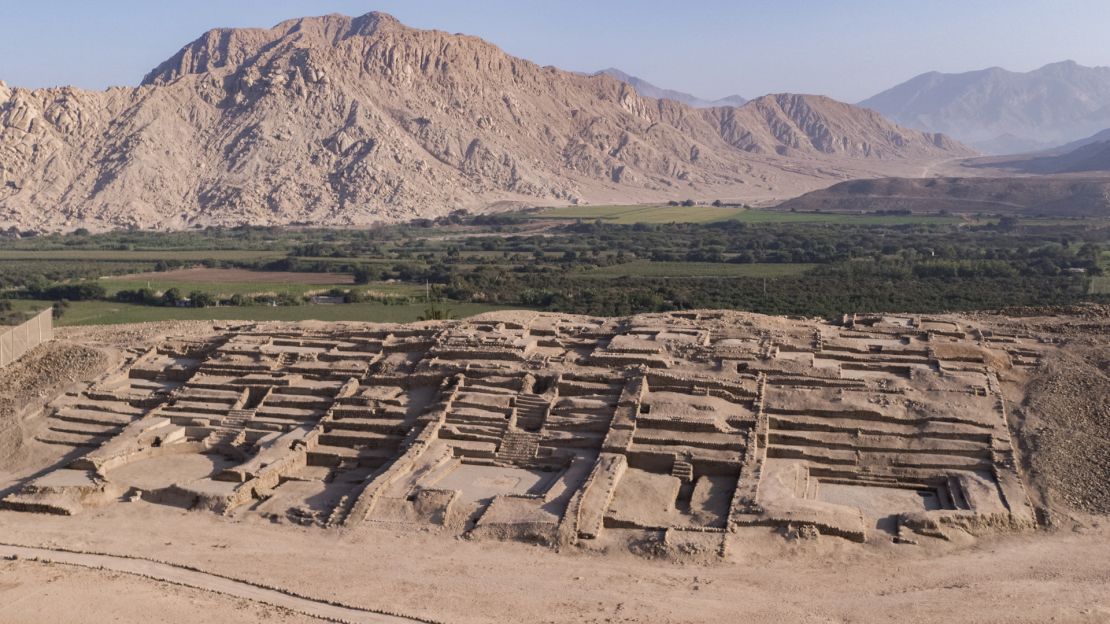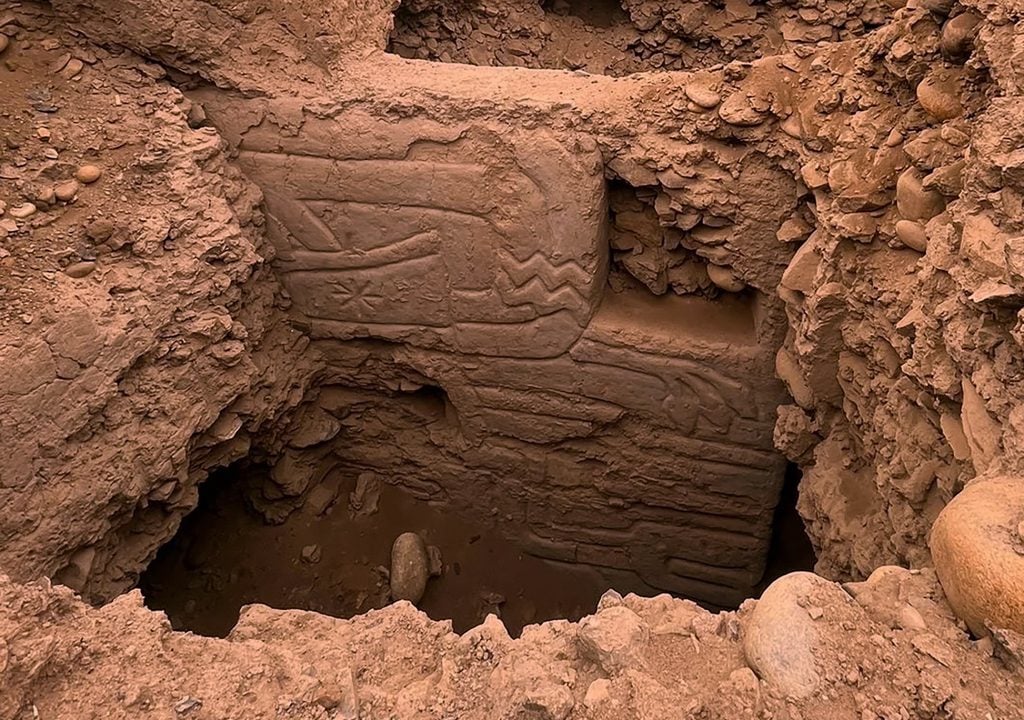Ancient elongated skulls found in Peru reveal unusual DNA markers unlike any known human population.

In a discovery that has sent shockwaves through the scientific community, researchers have unveiled startling DNA results from Peru’s 3,000-year-old elongated skulls.
What began as a routine investigation into an ancient cultural practice has morphed into a terrifying mystery that could redefine our understanding of human evolution.
The genetic code of the Paracas people reveals anomalies and markers that suggest we may not be who we think we are.
Archaeologists exploring the Paracas region uncovered a labyrinth of subterranean chambers known as chulpers, which were not mere graves but elaborate tombs designed to last an eternity.
Inside, they found over 300 meticulously arranged bodies, each adorned with exquisite textiles and ceremonial artifacts.
These remains were not ordinary; the skulls were unnervingly elongated, some stretching to lengths that defy conventional human anatomy, challenging everything we know about ancient peoples.
The burial practices of the Paracas elite indicated a highly advanced society, predating the Inca Empire by over 2,000 years. The findings included intricate jewelry made of gold and shell, alongside ceremonial blades crafted from obsidian—evidence of a powerful ruling class.
Radiocarbon dating revealed these burials date back to between 2,800 and 3,000 years ago, placing them firmly in a time frame that reshapes our understanding of complex civilizations in the Andes.
However, the most astonishing aspect of this discovery lies in the skulls themselves. Researchers noted that some of these elongated skulls possessed cranial volumes up to 25% larger and weights up to 60% heavier than typical human skulls.
While artificial cranial deformation is known to alter skull shape, it cannot account for such significant increases in volume and mass.
This discrepancy raises unsettling questions about the true nature of these individuals. Were they simply the product of an ancient custom, or did they represent something entirely different?
Further examination revealed that many of these skulls lacked a key feature of a normal human cranium—the sagittal suture, which typically fuses during childhood.
Instead, some skulls presented as a single solid bone plate, a condition known as craniosynostosis. The statistical rarity of this condition appearing consistently in an elite population suggests a shared genetic trait, hinting at a lineage distinct from contemporary humans.
To unravel this enigma, scientists turned to DNA analysis. Despite the challenges of extracting ancient DNA, the arid climate of Peru’s desert preserved organic materials remarkably well.
Researchers successfully obtained samples from bone powder, hair, skin tissue, and teeth, focusing on mitochondrial DNA, which is passed down maternally and is more resilient than nuclear DNA.
What they found was astonishing. Instead of confirming links to known Native American populations, the DNA revealed mutations that had never been seen before in any known species.
The results shattered preconceived notions of human migration, showing connections to haplogroups associated with populations in Europe and the Middle East, including regions around the Black Sea and ancient Mesopotamia.
This revelation poses a mind-bending question: how did genetic material from these distant lands end up in Peru 3,000 years ago?
The implications are profound, suggesting that trans-oceanic contact may have occurred long before Columbus, fundamentally altering our understanding of human history.
The findings challenge the tidy narratives of human migration and raise the possibility that the Paracas elite were not just distant travelers but potentially the remnants of a lost global civilization.
This theory, known as diffusionism, suggests that major ancient cultures did not develop in isolation but instead inherited knowledge from a singular, advanced mother culture that has since vanished from history.
Legends of lost civilizations like Atlantis and Mu have long captivated imaginations, and the Paracas evidence seems to lend credence to these narratives.
The notion that a technologically advanced society was wiped out by a cataclysmic event, leaving behind survivors who carried unique knowledge and distinct genetic traits, is both tantalizing and unsettling.

The practice of head elongation among the Paracas could be reinterpreted as an attempt to emulate their god-like ancestors from this lost civilization.
Their advanced burial practices, intricate textiles, and astronomical knowledge may not have been local innovations but remnants of a superior science from a time when their ancestors roamed the earth.
As the scientific community grapples with these revelations, a darker narrative has emerged—allegations of secrecy and suppression of evidence by mainstream scientists.
Some speculate that powerful institutions are working to keep this world-altering evidence under wraps, fueling conspiracy theories and public intrigue.
The question remains: what is the true origin of the Paracas people? Are they evidence of a lost civilization, or is there a simpler explanation?
As researchers continue to delve into this mystery, the implications of their findings could rewrite the history of human civilization as we know it.
This captivating saga invites us to reconsider our understanding of the past and challenges the very foundations of anthropology.
With each new discovery, we inch closer to unraveling the truth behind these ancient enigmas, and the answers may be far more extraordinary than we ever imagined.





